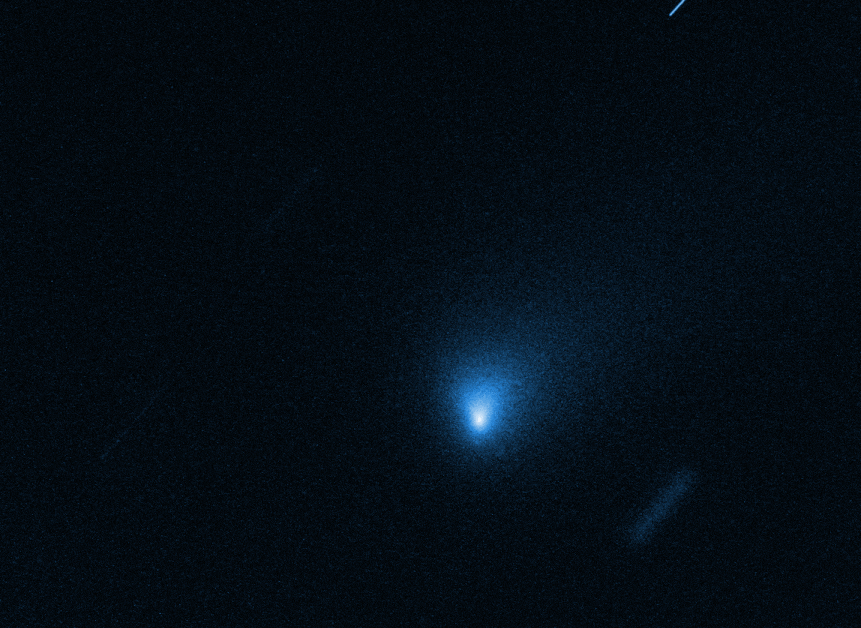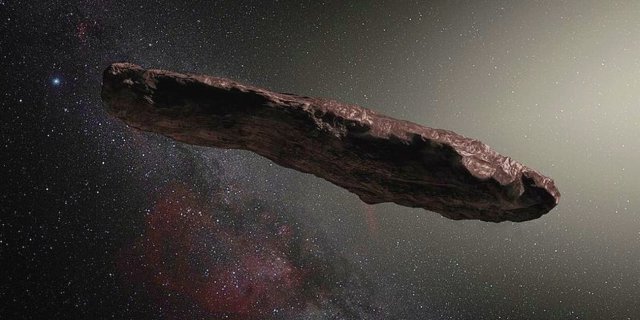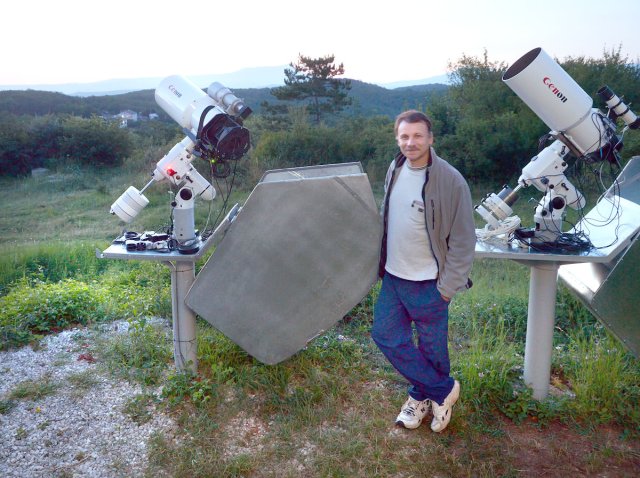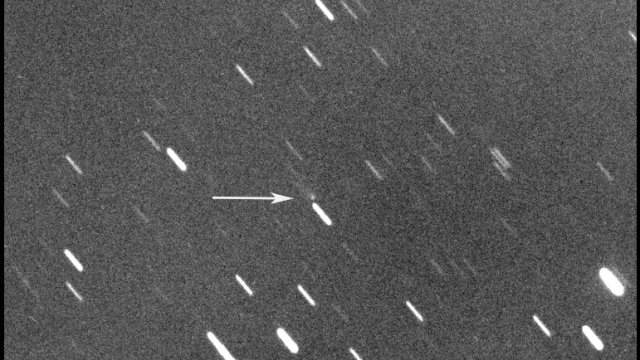This Is The First Interstellar Comet We've Ever Directly Observed
Viswamitra Jayavant - Oct 19, 2019

The Hubble Space Telescope has been hard at work snapping picture of an interstellar visitor: A comet named 2I/Borisov. The images are awe-inspiring.
- The First Space Hotel In The World Will Welcome 400 Guests
- Startup Builds Vehicle With Soviets Tech To Collect Space Garbage
- World's First Space Hotel To Begin Construction In 2025 With Rooms For 400 Guests
For the past couple of years, we have had quite a lot of visitors from interstellar space visiting our home star system. However, unlike the other cases, this one time we have no doubt that it’s actually a comet rather than a drifting alien spaceship.
This comet was the first we have ever detected that’s confirmed to be originating from interstellar space. The famous Hubble Space Telescope (HST) managed to capture quite a lot of amazing images about it. That’s quite fortunate, actually, since this one object will just be passing by: It’ll never come back again.

Visitor From Outer Space
You may still remember all that debacle about ‘Oumuamua when this random interstellar visitor caught widespread public attention when speculations popped up that it could be a drifting alien spaceship. The speculation didn’t really become much of anything, yet it’s still quite an interesting object without being an actual spaceship coming from another civilization.

The new comet that HST shot images of is called 2I/Borisov. Gennady Borisov, an amateur astronomer living in Crimea, was the first to identify the comet in August. Though the name 2I/Borisov is definitely far from being as catchy and attention-attracting as ‘Oumuamua, after studying extensively its trajectory, near-Earth object authorities have concluded that the object’s origin is from interstellar space.

Doing the Math
How did they figure out?
It’s rather simple: The object’s traveling at about 177,000 kilometers an hour. The leader of the team that’s operating Hubble to observe the object, David Jewitt from UCLA commented that the object’s velocity is so high that “it almost doesn’t care that the Sun is there.”
Another factor is the angle at which it’s traveling at. So adding up the speed and the angle, there’s no other possibility other than the comet being an interstellar object alien to our star system. The possibility of it being in a hyper-wide orbit surrounding the Sun was removed from the table, too.
The comet's definitely passing through and will be over 320 million kilometers from the Sun. If you’re fearing whether this comet would cause anything catastrophic, don’t worry. We have assurances that it’s not set to collide with anything at all (Which would actually be a cosmic coincidence). In a few months, it would be fading away into the void again continuing in its aimless wandering.

But the short fly-by of the comet provides us with enough time to study it. It seems like the comet has got a composition that’s pretty similar to comets native to the Solar System. It would be greatly interesting if its composition was different from "local" comets; however, that didn’t take the coolness factor out of it. The conclusion means that comets formed in other star systems don’t have to be very different from comets that formed locally in our solar system.
Different From ‘Oumuamua
Instead of being shaped like an inert, oblong rock like ‘Oumuamua, the 2I/Borisov has clouds of ice and dust that surrounds a significantly smaller core. This makes the comet appear picturesque though its tails sometimes don't point the way you expect.
But keep in mind that interstellar visitors are not uncommon. In fact, at any moment, there may be thousands of them in the solar system. However, the difference between these and 2I/Borisov is that it’s so bright and large that we can detect and study.

2I/Borisov is going to be the primary target of HST from now until January, probably even beyond that. If our visitor is never coming back, we might as well as try and learn as much as we can about it.
Featured Stories

Features - Jul 01, 2025
What Are The Fastest Passenger Vehicles Ever Created?

Features - Jun 25, 2025
Japan Hydrogen Breakthrough: Scientists Crack the Clean Energy Code with...

ICT News - Jun 25, 2025
AI Intimidation Tactics: CEOs Turn Flawed Technology Into Employee Fear Machine

Review - Jun 25, 2025
Windows 11 Problems: Is Microsoft's "Best" OS Actually Getting Worse?

Features - Jun 22, 2025
Telegram Founder Pavel Durov Plans to Split $14 Billion Fortune Among 106 Children

ICT News - Jun 22, 2025
Neuralink Telepathy Chip Enables Quadriplegic Rob Greiner to Control Games with...

Features - Jun 21, 2025
This Over $100 Bottle Has Nothing But Fresh Air Inside

Features - Jun 18, 2025
Best Mobile VPN Apps for Gaming 2025: Complete Guide

Features - Jun 18, 2025
A Math Formula Tells Us How Long Everything Will Live

Features - Jun 16, 2025
Comments
Sort by Newest | Popular